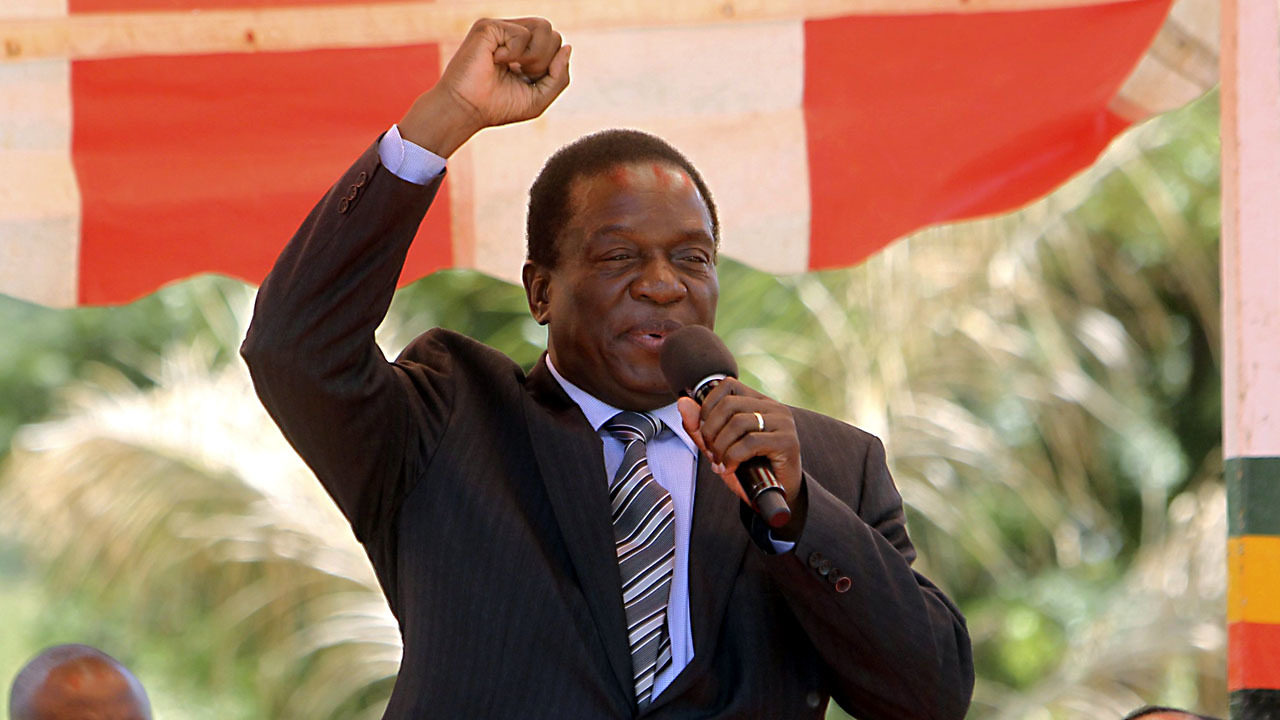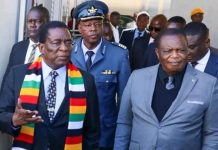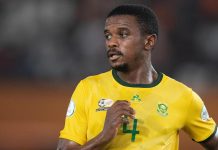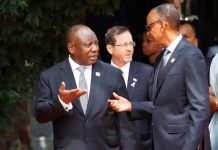Sometime in December 2016, I was among the journalists attending the Zanu-PF Annual National People’s Conference in Masvingo, which many billed as the ultimate harbinger of then-President Robert Mugabe’s eventual departure.
What seemed to have been the drawcard for most journalists was news that then-South Africa’s Deputy President Cyril Ramaphosa was to deliver a solidarity message to the conference on behalf of the ruling African National Congress (ANC).
Never before, at least as long as I remember, had such a high profile individual from a fraternal political party been sent to a Zanu-PF indaba to address delegates.

Already, at the time, Ramaphosa was being touted as a possible successor to then-President Jacob Zuma, who, at the time, was mired in controversies which had undermined his standing.
My anticipation of Ramaphosa’s address was soon dampened by reports of a possible “no-show”.
It was reported that the ANC representative had “chickened out” for fear of heightening factional fights that were latently playing out in the revolutionary Zanu-PF party.
It later turned out the “no-show” buzz was untrue as the South African Deputy President had already arrived in Masvingo and was on his way to the conference venue.
Inside the venue, Cde Emmerson Mnangagwa, then co-Vice President, was chairing a session.
But, just a few minutes before noon, delegates’ attention was jerked to the main entrance where there was a sudden flurry of security details.
Lo and behold, a smiling giant clad in a black suit sauntered into the auditorium amid deafening ululations from delegates.
In a measured, statesmanlike gait, Ramaphosa stepped towards the high-table, hugged and shook hands with Mugabe, and warmly greeted the then-First Lady Grace.
He, however, seemed to have reserved the longest embrace and broadest smile for Cde Mnangagwa.
It was Cde Mnangagwa who, as chair of the session, was to introduce the ANC deputy chief to the delegates and invite him to the podium to deliver his solidarity message.
Ramaphosa stood up, bowed his head in respect in the direction of President Mugabe and greeted the delegates in Shona and Ndebele before delivering a message.
His speech, and his mere presence there, put one “dangerous” idea into the minds of the audience: it was possible, and not a sin, to have leadership renewal.
The former firebrand trade unionist, famed for being an astute negotiator in the run-up to South Africa’s freedom, did not disappoint.
In fact, he had the easiest of tasks as he simply reiterated and reinforced Mugabe’s earlier opening remarks to the conference about the scourge of corruption and factionalism.
Ramaphosa told the delegates: “As your visitors, we listened closely when the President was speaking about unity and it was like he was addressing an ANC congress.
When you (President Mugabe) spoke of corruption, it was like you were speaking to us.
When you spoke of factionalism, it was also like you were addressing the ANC. As we leave this conference, we are a better people.”
Such frankness left a section of the audience and some at the high-table stone-faced.
But, to most, this was just the tonic Zanu-PF needed.
The now-late Mai Shuvai Mahofa,stood and with her inimitable voice led the Masvingo delegates into a song: “Kumagumo Kune Nyaya.”
In no time, she was joined on the dance floor by the lanky former Masvingo Governor Cde Josiah Hungwe.
Soon, many more in the auditorium joined in song. At the top table, then co-vice President Phelekezela Mphoko remained emotionless.
Reading the mood in that auditorium, it did not need a genius to sense the impact Ramaphosa made on delegates.
The speech had given them the courage to rethink their old tradition of speaking into their armpits and sweeping things under the table.






